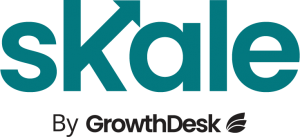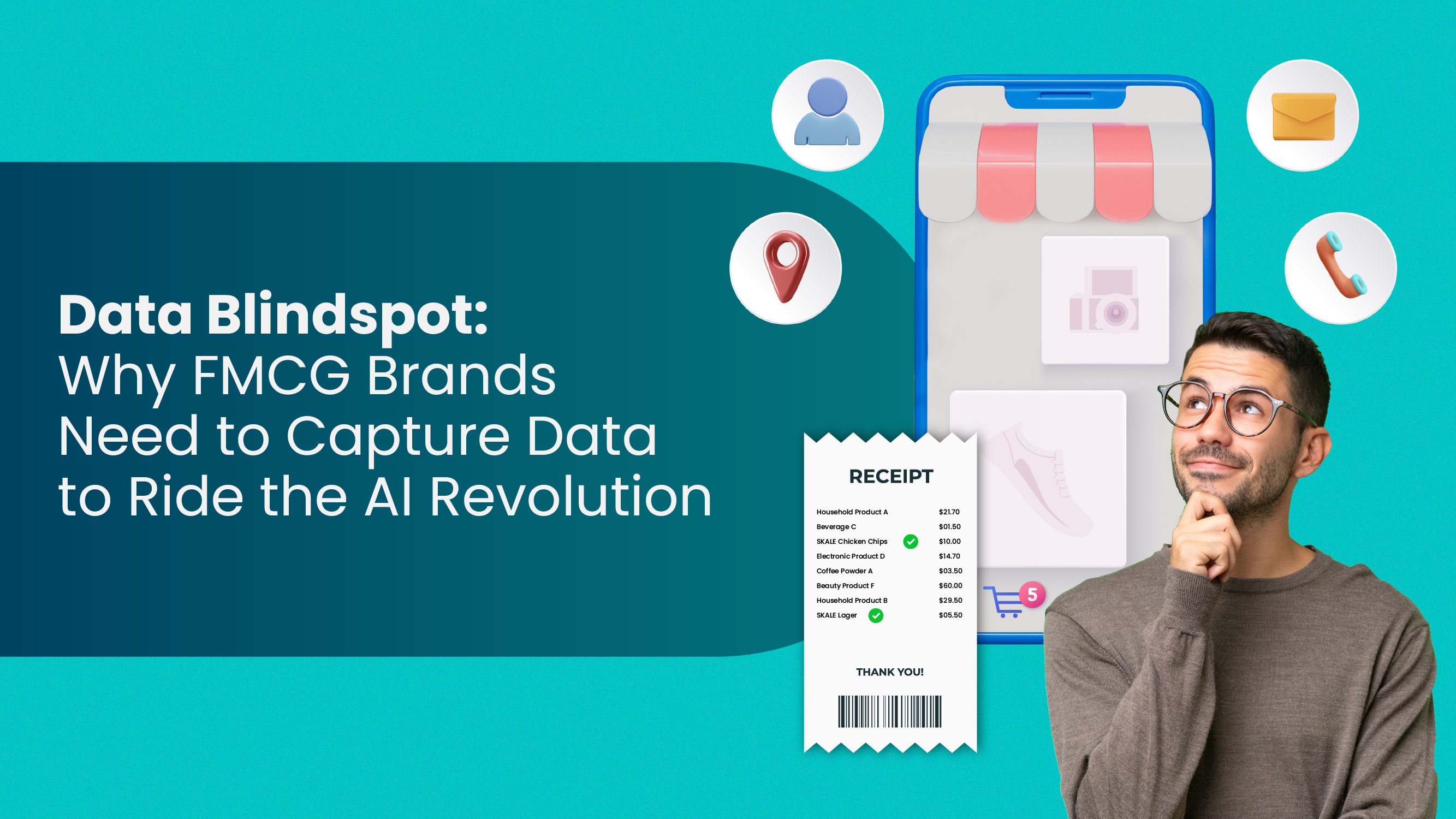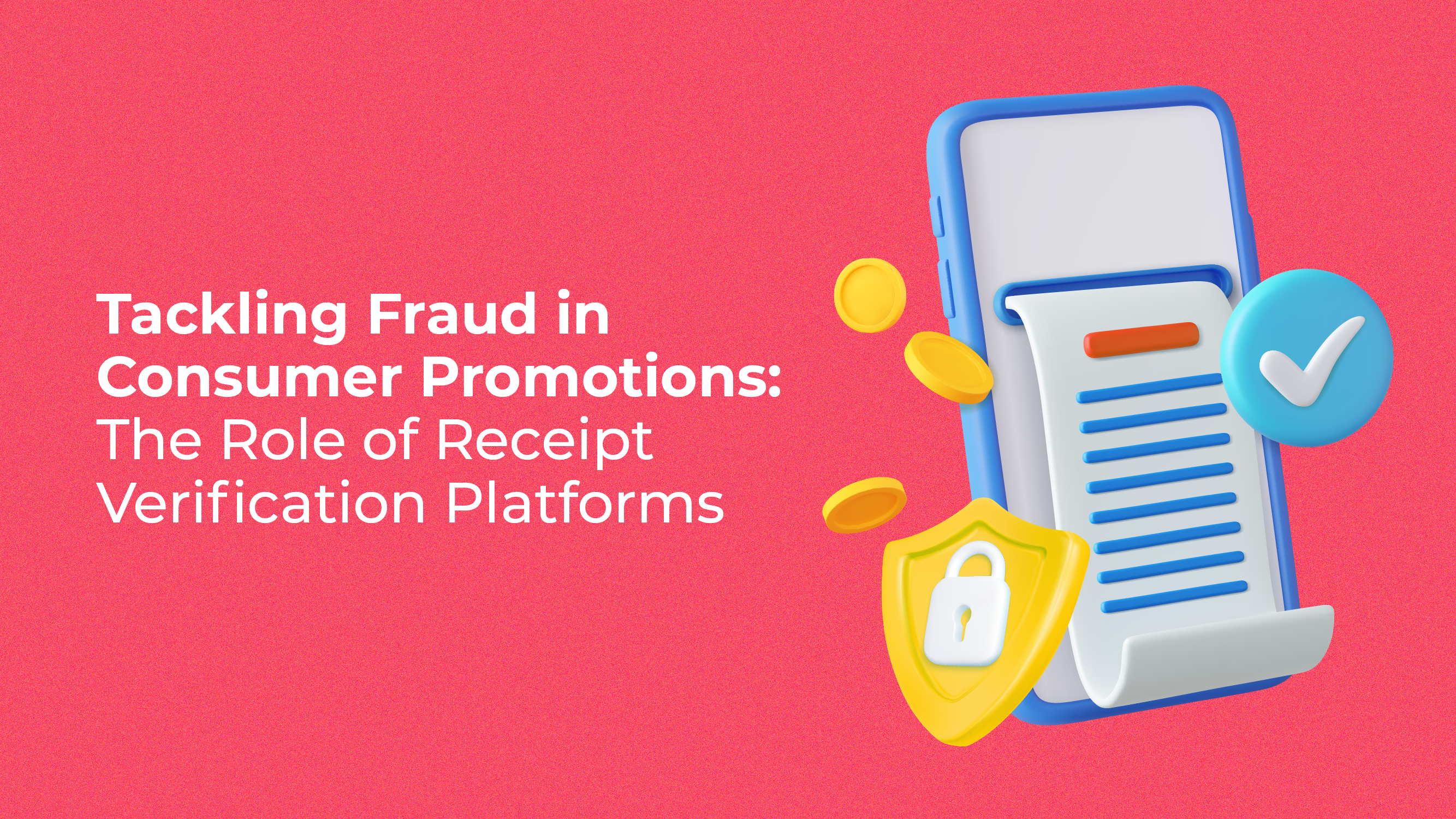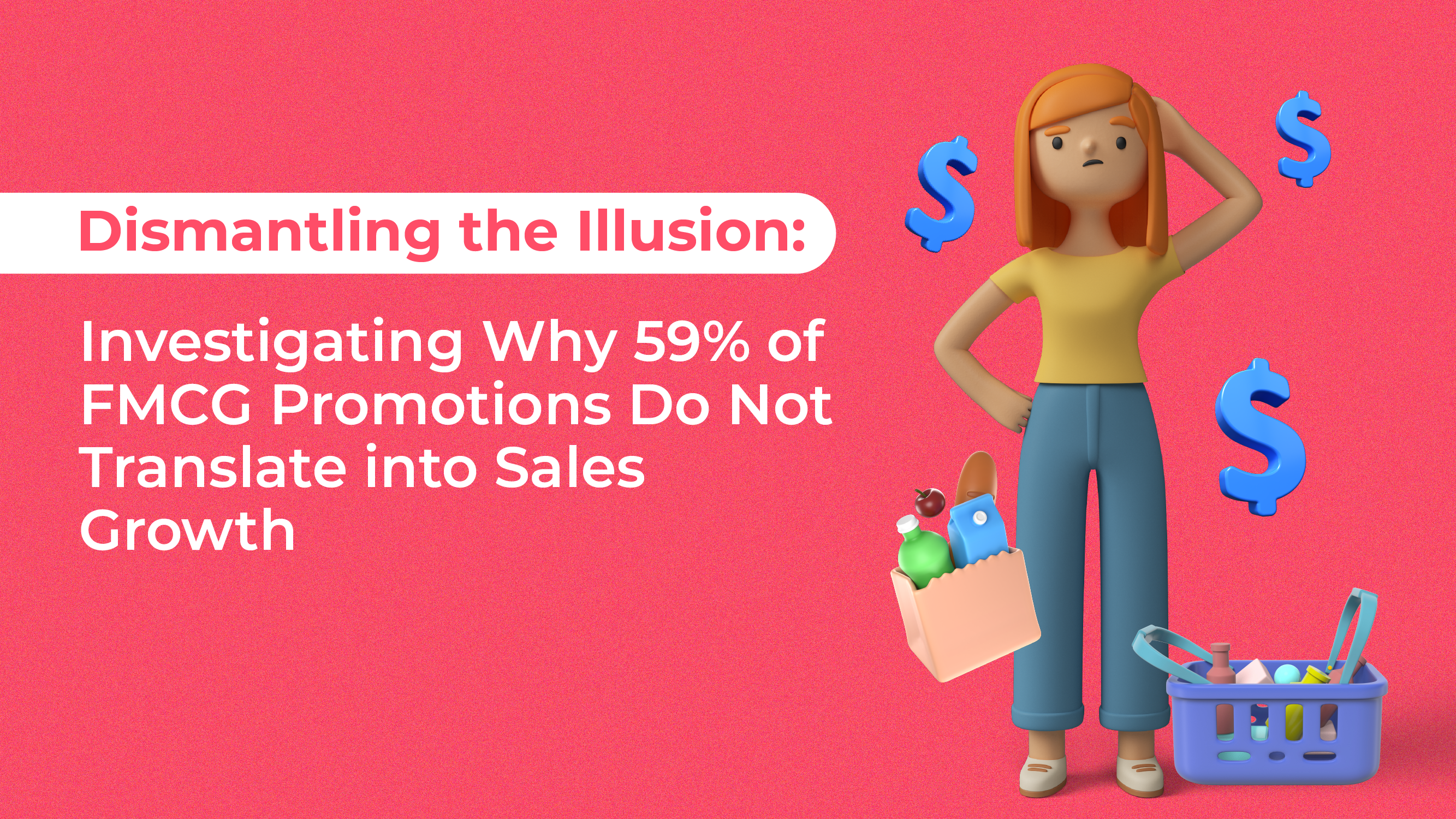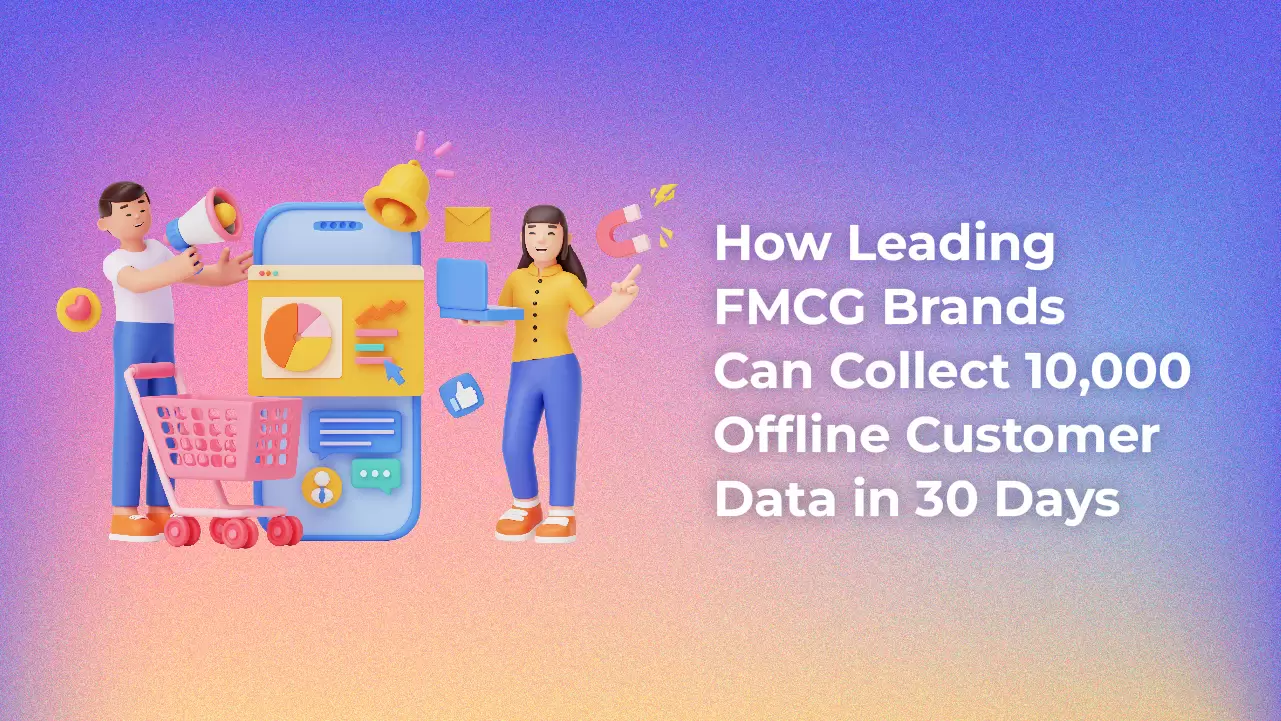Every year, ~US$ 10b of fashion goods transact online in S. Korea. With ~30K Korean online fashion stores exporting products overseas in 2014 and ~70K today, fashion eCommerce in S.Korea is a fast growing industry and export contributor. Korea itself exports ~US$2b of apparels annually and counts China, Japan and the US as key export destinations.
Offline, the downtown area of Dongdaemon, Seoul, is home to more than 30K fashion retailers. At 8pm every night, wholesalers in apm Place spring to life. Buyers from Shenzhen, Chong Qing, Guangzhou, Taipei, Singapore, Indonesia and many other Asian cities flood the mall which operates till 5am every day. Every outlet is nicely decked out with instore displays and the latest Korean fashion wear. Store owners closely guard their designs, prohibiting casual shoppers from taking photos.
This is the heart of the Korean fashion industry.
Hundreds of wholesale outlets operate daily from 8pm to 5am, designing their workday around the tens of thousands of retailers who fly into Seoul to source for the latest designs. Down the road, factories churn designs into products that hit the store on a daily basis – think Inditex and Zara. Goods are locally produced mainly with locally sourced materials. Most of the wholesale malls are built with residential units and short term stay apartments, allowing Real Estate owners to capture value not just from tenants but from incoming travellers.
The malls supply all the packaging materials wholesalers need for fulfilling bulk order purchases and more than 200 export agencies fill the streets to help buyers with custom logistics. To manage logistics for their thousands of retailer customers, export agencies hire middle aged couriers who track and handle packages using custom built apps. From real estate to fashion design, manufacturing and logistics, the entire value chain works flawlessly and efficiently as an integrated ecosystem.
The vibrancy of the Korean fashion industry was not by chance, but it certainly has evolved since the 1990s. With the success of their media and entertainment exports (result of yet another multi-decade industry transformation plan), the K-Pop wave has sparked great interest and demand for Korean pop culture and fashion across mainland China. The Korean government and industry players recognise this and have aggressively rode on it. Most wholesalers in Dongdaemon accept only two forms of payments – cash or Alipay. Sales assistants are hardly able to converse in English but are well adept at describing their products and discuss prices in Mandarin. Chinese buyers also stand to benefit from special export and custom taxes.
Riding on the eCommerce boom
The growth of the Korean fashion ecosystem is closely tied to the eCommerce boom. Ironic as it may sound, these designer/wholesalers who operate primarily offline in outlets at Dongdaemon function at the very core of fashion eCommerce in Asia.
Their business model is primarily B2B and customers are Chinese / Asian wholesalers, retailers and eCommerce SMEs. Clients from Chinese cities and around Asia fly into Seoul and visit Dongdaemon to source for the latest Korean fashion. Orders are placed in bulk and packed into suitcases or packaged for shipment. Back home, these Korean designs are sold online, offline and on C2C platforms.
The Korean brand labels are at times retained, or in other cases rebranded. In the fight for eCommerce market share between online platforms and eCommerce brands, it doesn’t really matter who wins. The fashion goods designed and manufactured in Dongdaemon are sold across all types of platform, and in one of the hardest to penetrate growth economy – China.
Quality and experience
One might draw parallel to wholesale malls such as Platinum Mall and MBK in Bangkok. Bangkok similarly has a well-developed fabric and apparel manufacturing cluster but the similarity ends there. In Dongdaemon, the wholesale mall experience is that of high-end shopping plazas.
The concept of bargaining prices for bulk purchase doesn’t apply. On the contrary, most of the wholesalers one would find in the Dongdaemon area impose minimum order quantities and prices are strictly non-negotiable. Products are also uniquely designed and “branded” apparels, not just simple knock-offs. Korean wholesalers differentiate on the basis of their original design and aspirational instore retail experience.
Protecting designs
With Chinese retailers and wholesalers being their key customers, protecting design is of utmost importance to the Korean fashion ecosystem. Apparel designs are afterall easy to replicate and doing so would make sense given the cost advantages of Chinese factories. This is why the cadence of rapid design matter.
The ability to place new designs instore every day, receive customer feedback overnight (literally), send new designs down the road for manufacturing and have them hit the stores again by 8pm the same day keeps their design concept fresh.
These days, it is common to see Chinese clients shopping and beaming back new designs via WeChat or live video streams to their VIP customers back home. Speed of design and manufacturing is the Korean designer/wholesalers’ primary approach for protecting their fashion forward reputation and brand association.
Evolving industry model
There have been two mainstream fashion retail business models till date.
- Major brands with reputable designers – This brands cut across consumer segments and price points, setting trends via global fashion events such as the Paris Fashion Week, New York Fashion week every Spring/Summer and Fall/Winter
- Fast Fashion followers – A concept popularized by the success of Inditex, with brands like Zara that engages consumers continuously through rapid instore refreshes. Supply chain efficiency has been a key success factor for such a business model. Even then, Inditex now faces competition on supply chain efficiency compared to online native players like ASOS, Boohoo and Missguidded in the West; and tens of thousands of blogshops and boutique ecommerce players in Asia Pacific.
(There are also business models like that of Uniqlo, which one might consider to be more apparel centric rather than Fashion centric)
Businesses and corporations operating under both industry models have been adapting to the internet age, adopting social media channels for branding, ecommerce for sales and various other technologies for multi-channel / omni-channel.
What sets the Korean Fashion Industry model apart, is not just the speed at which designs are manufactured, but the extent to which the design and brand concepts are decentralized. This is a model supported by thousands of designers, each a distinct small business spotting consumer trends and vying for its own niche. One that thrives on micro competition and living off an industry value chain that is deeply integrated with social media, eCommerce and China. A model that is in part created by social media itself, bringing fashion trends to consumer at a much faster pace than in the past.
This article was contributed by IndustryView.org
[/restrict]
